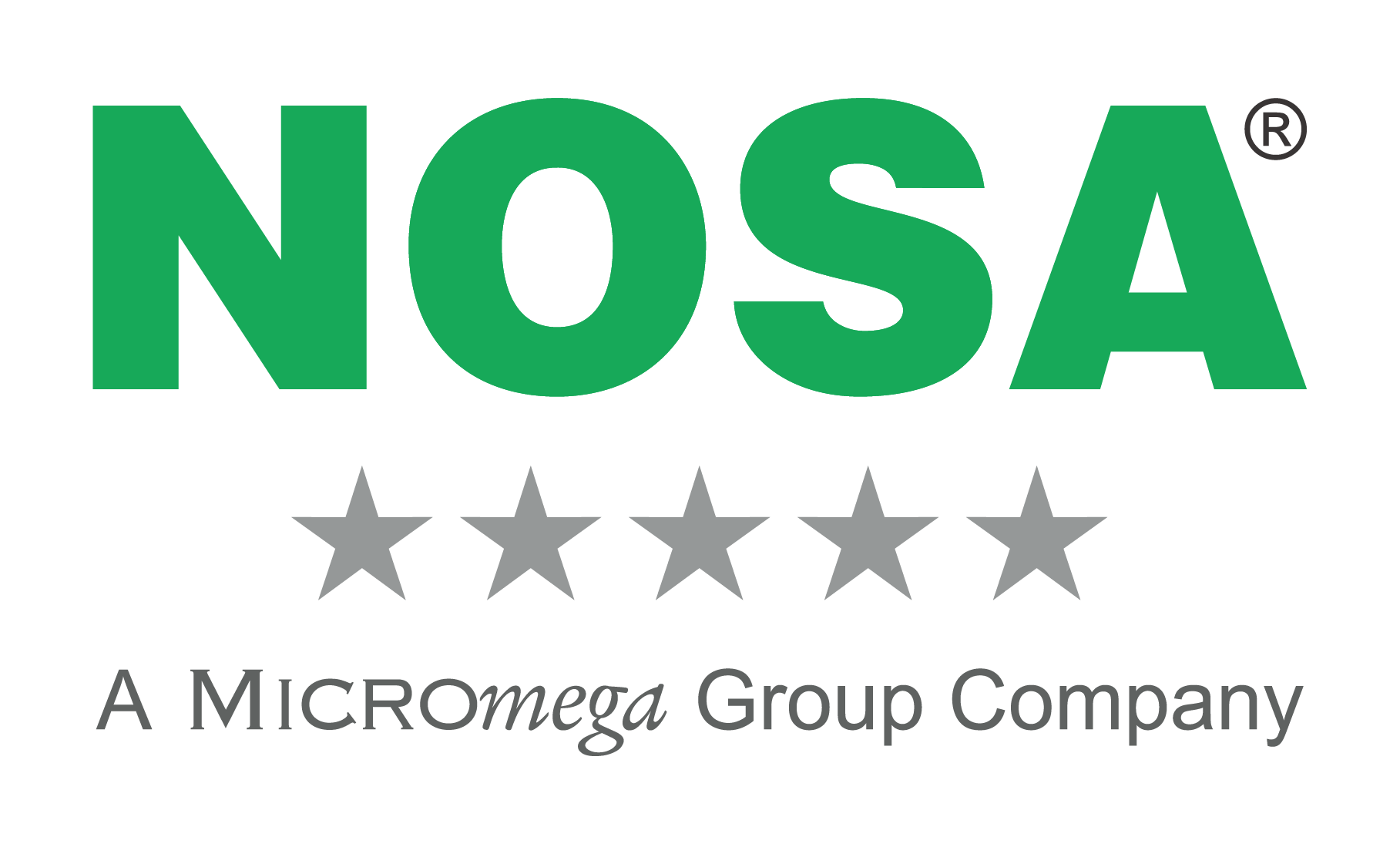Nobody at your facility has been hurt in more than a year. Weekly inspection forms are returned with no non-compliances. Are the facility’s safety plans really working that well or is it just luck? Conducting a safety audit is one of the proven ways to answer that question.
Even if you think your building is at low risk, a regular health and safety audit, carried out by a competent person, will help you decrease the risk of accidents in the workplace. Rather than wait for a surprise visit from the Department of Labour, be prepared, know your risks, ensure you have your legal obligations covered, and use the following checlist to see if you’re due for a health and safety audit.
General workplace conditions
Do you answer ‘no’ to any of the following questions?
• I and my team have identified ALL hazards that may cause harm, injury or ill health to someone in our workplace
• We are conducting hazard identification regularly, especially every time there has been a change in the workplace
• We have documented ALL hazards in the workplace
• We have assessed the risk level of ALL the hazards
• We have documented our risk assessment
• We have taken action to eliminate or minimise any hazard or risk, and documented these
| If you answered no to any of the above questions, or can’t confidently answer ‘yes’ to all of them, it is not guaranteed that you are meeting your minimum safety requirements and may require an audit. |
Chemical safety
Do you answer ‘no’ to any of the following questions?
• I have an up-to-date list of all hazardous substances we use and store
• I have a material safety data sheet (MSDS) that is available to all employees
• All hazardous products are in their original containers with the manufacturers’ labels intact
• All decanted containers are labelled with their names, risk and safety phrases
• All our employees have received training and information on the safe use, handling, transport and storage of all hazardous substances
• We use all our hazardous substances safely
| If you answered no to any of the above questions, or can’t confidently answer ‘yes’ to all of them, it is not guaranteed that you are meeting your minimum safety requirements and may require an audit. |
Emergency procedures
Do you answer ‘no’ to any of the following questions?
• We have written plans of what to do in an emergency
• All our workers are trained in what to do in an emergency
• Appropriate fire extinguishers are located in all the right places in the workplace
| If you answered no to any of the above questions, or can’t confidently answer ‘yes’ to all of them, it is not guaranteed that you are meeting your minimum safety requirements and may require an audit. |
Workplace facilities
Do you answer ‘no’ to any of the following questions?
• Our first aid facilities are available to all our staff
• We have a designated employee who has been trained in first aid
• We have provided workers with access to clean drinking water, suitable toilets and suitable hand washing facilities
| If you answered no to any of the above questions, or can’t confidently answer ‘yes’ to all of them, it is not guaranteed that you are meeting your minimum safety requirements and may require an audit. |
Consultation
Do you answer ‘no’ to any of the following questions?
• We consult with our workers on issues that may affect their safety and health
• We have established processes for workers to raise safety and health issues
• When we use contractors to provide a service on our behalf, we discuss safety and health issues prior to them starting work
• We provide evidence of such a discussion or consultation being done. We do this either through a documented risk assessment or job safety analysis
| If you answered no to any of the above questions, or can’t confidently answer ‘yes’ to all of them, it is not guaranteed that you are meeting your minimum safety requirements and may require an audit. |
Training and information
Do you answer ‘no’ to any of the following questions?
• All our employees have received adequate induction training
• Workers who perform specific duties have had training specific to their duties (i.e. forklift, manual handling)
• All workers receive training when we introduce something new in the workplace, or make changes to existing processes/equipment/roles and responsibilities
• Workers hold current high-risk work licences and training certificates required under legislation (e.g. white card, forklift, and dogging licence)
• We keep all workers up to date on safety and health issues and discussion
| If you answered no to any of the above questions, or can’t confidently answer ‘yes’ to all of them, it is not guaranteed that you are meeting your minimum safety requirements and may require an audit. |
Would you like to download this infographic as a high-res PDF? Click on the button below!
Sources:
Department of Commerce, Western Australia






